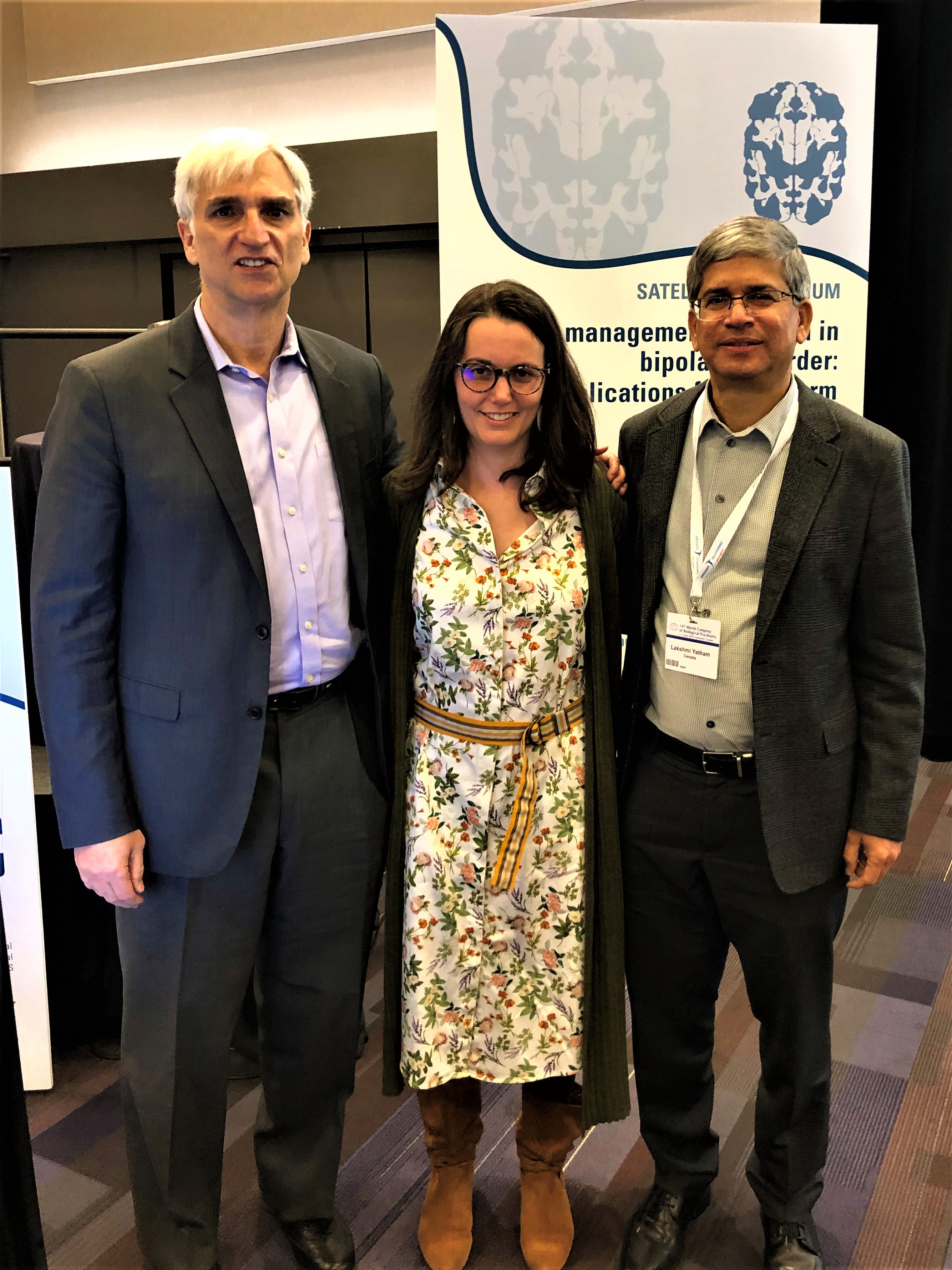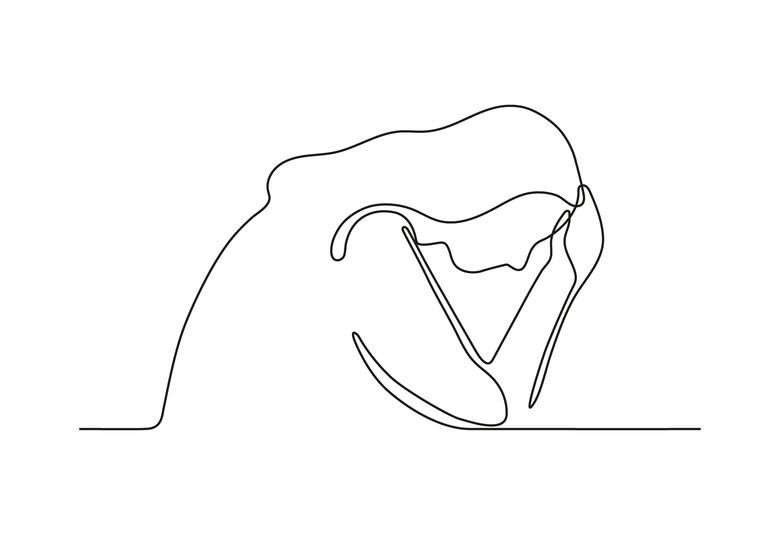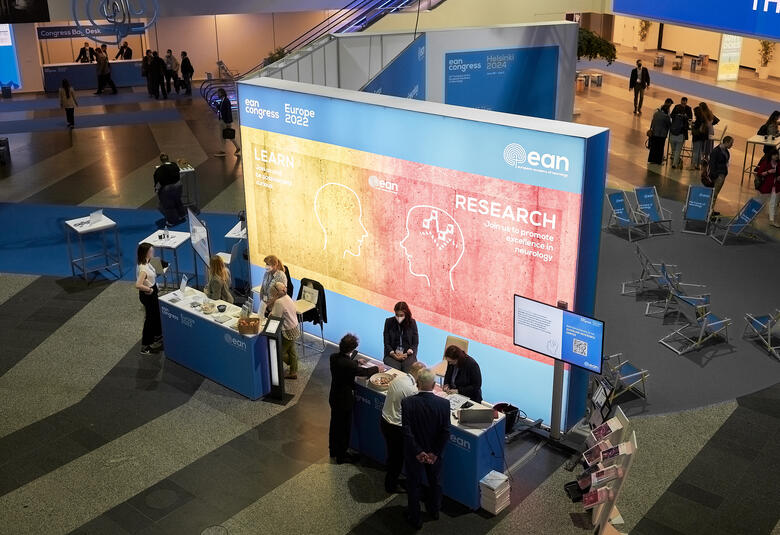Bipolar disorder (BD) should be considered a neuroprogressive disorder with poor outcomes1 said Professor Lakshmi Yatham, University of British Columbia, Vancouver BC, Canada in a satellite symposium at WFSBP in Vancouver.
Professor Yatham presented data from a number of studies in BD, with patients having shorter cycle length with increasing number of episodes2-6, which to Professor Yatham suggests that the disease is progressing with time. Volumetric analyses of brain regions in first-episode BD revealed no detectable differences between patients and controls7. However, in a large study of more than 1500 patients with multiple episodes of BD and approximately 2500 healthy controls, volumetric reductions in patients with BD compared to healthy controls were seen in hippocampus, amygdala and thalamus, while the lateral ventricles were enlarged.8 In addition, cognitive impairment worsened with each successive episode.1
Treatment earlier in the course of the illness resulted in better outcomes in terms of response, relapse rate, time to recurrence, symptomatic recovery, remission, psychosocial functioning, and employment
Treatment earlier in the course of the illness resulted in better outcomes in terms of response, relapse rate, time to recurrence, symptomatic recovery, remission, psychosocial functioning, and employment, and this effect was found for both pharmacological and psychological treatments.9
But when should we start treatment? Early intervention could mean treating people at high-risk for developing BD, in the prodromal phase, or at the first episode. Unfortunately, there is very little data on interventions in the high-risk/prodromal phase10, and Professor Yatham said that more studies are urgently needed.
Professor Yatham concluded that intervention at first manic episode improves outcomes modestly, with recovery rates being very high11, and recurrence rates better than those seen in multiple episode patients.10 There is data showing that brain structures could be preserved12, and cognitive impairment potentially be reversed especially if recurrences could be prevented13.
In order to treat effectively, clinicians need to make a correct diagnosis, which was the focus of a talk by Professor Gary Sachs, Harvard Medical School, Boston, USA.
Diagnosis of bipolar disorder is difficult, and is often misdiagnosed for unipolar depression
Diagnosis of BD is difficult, and BD is often misdiagnosed for unipolar depression. One of the reasons for this is according to Professor Sachs that acute mania is the least likely reason for a patient seeking treatment. Further, detection of hypomania/mania is more difficult during a current depressive episode. One means of improving diagnosis could be to utilize the bipolarity index14, which is a clinician-rated scale which rates cardinal features of BD across five domains: signs and symptoms, age of onset, course of illness, response to treatment, and family history.
Once a correct diagnosis has been made, treatment should be initiated. Professor Sachs described suitable treatment opportunities based on placebo-controlled trials with adequate sample size for acute mania; where several dopamine antagonists/partial agonist were the most common treatment options. Similarly, this class of drugs, including two long-acting injectable (LAI) formulations, was also described as appropriate for the maintenance and continuation phase.15
Prevention of relapse, especially manic episodes, is essential for maintaining functional performance in patients with bipolar disorder
Functional impairment is prevalent in BD16,17, and there is evidence of progressive functional impairment as the disease progresses18, said associate Professor Iria Grande, University of Barcelona, Barcelona, Spain.
Dr Grande spoke about the need to not only consider symptomatic recovery with treatment, but to aim for functional recovery, which encompasses e.g. the ability to uphold autonomy, maintain relations to family and friends, and return to, or continue studies/work. Functioning can be assessed by easy-to use scales; e.g. the Functioning Assessment Short Test (FAST), which, according to Dr Grande is an easy to apply, interviewer administered tool.19 The FAST was utilized in a trial, where it was shown that improvements in functioning could be maintained with treatment with atypical LAI antipsychotics.20 Dr Grande concluded her talk with emphasizing that prevention of relapse, especially manic episodes, is essential for maintaining functional performance in patients with BD.21
This satellite symposium was sponsored by H. Lundbeck A/S and Otsuka Pharmaceutical Development and Commercialization, Inc.
Our correspondent’s highlights from the symposium are meant as a fair representation of the scientific content presented. The views and opinions expressed on this page do not necessarily reflect those of Otsuka and Lundbeck.




